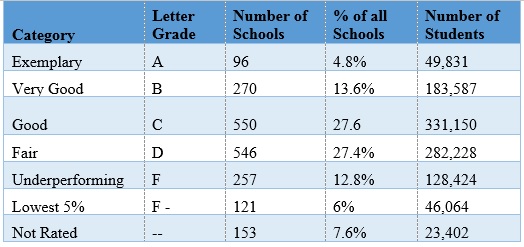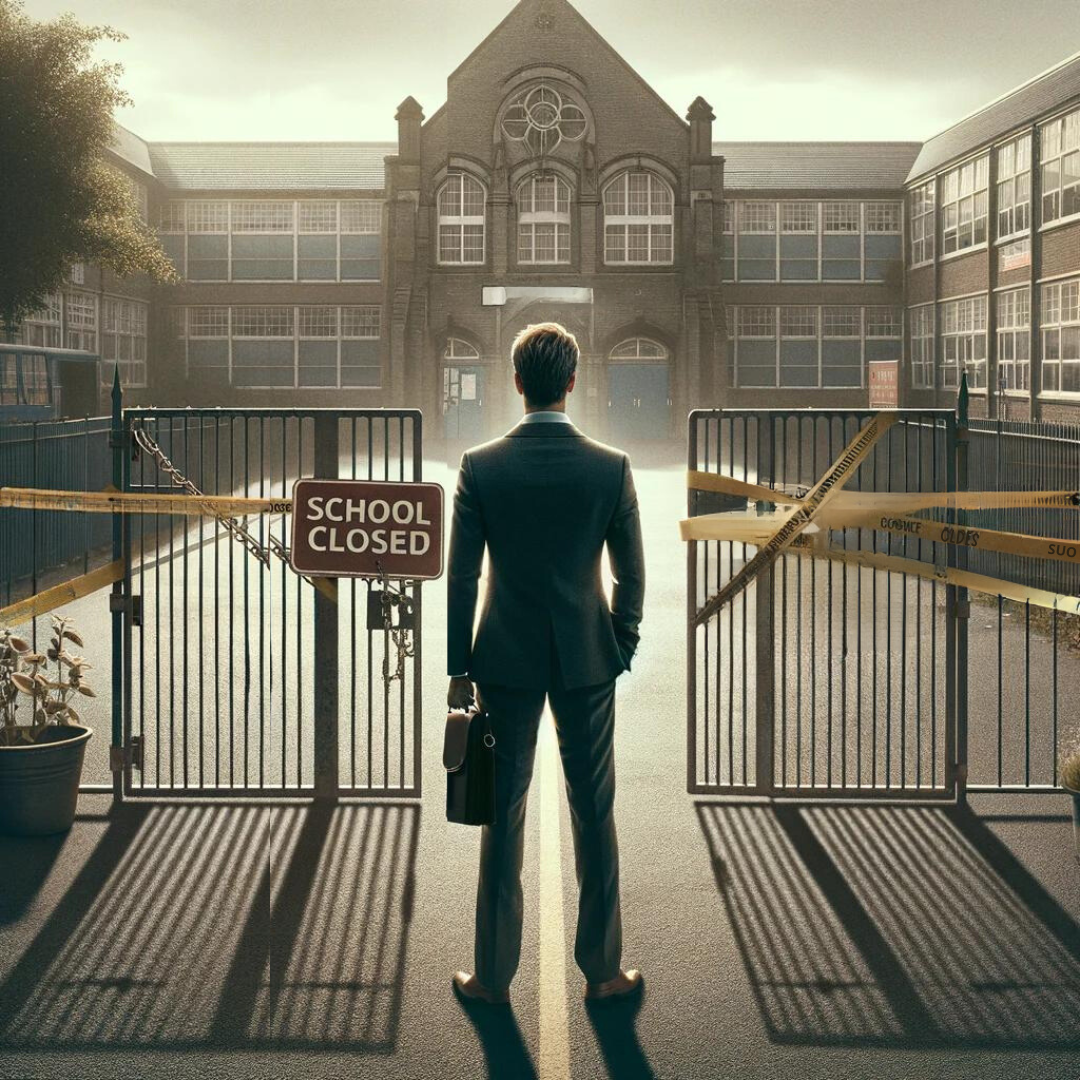State officials release annual school Achievement Index after lowering learning standards for English and math
Contact: Lisa Shin
(206) 937-9691 (O)
(206) 349-7542 (M)
SEATTLE – Officials at the State Board of Education have announced their latest findings on student learning at more than 2,000 Washington public schools in the Achievement Index for 2014-15, available here. The results come after the Board’s decision last year to lower learning standards in English and math for students in public schools.
- Nearly half of Washington public schools, 926 schools (46%) received a D ranking or lower
- 827 schools, (41%) received a B or C ranking
- Only 96 schools (5%) received an A ranking
- 156 schools (8%) were not rated
These results are somewhat skewed compared to past years. In 2013, members of the State Board of Education changed how they rate schools under the Achievement Index. Details on the changes are described here. Results from previous years can be found here.
In August 2015, Board of Education members again changed the ratings, lowering the standard for English and math taught in public schools from a passing score of 3 to a passing score of 2.5. The reduction will make it harder for some graduates of public high schools to be college and career ready. In contrast, public charter schools generally maintain a higher learning standard, and officials at private schools give no indication of lowering standards for their students.
The School Achievement Index ranks public schools as Exemplary, Very Good, Good, Fair, Underperforming, Lowest 5% and Not Rated, similar to a standard A, B, C grading system. Governor Inslee said he wants public schools to receive a letter grade each year so parents and the public can be informed about how well school officials are educating children.

State figures show that education officials have sent 197,890 students to underperforming, lowest 5% or Not Rated schools. Officials assigned a further 282,228 students to schools the state rates as only Fair. Officials send most students to public schools based on zip code, regardless to the school’s standing or academic quality. Alternatively, some 1,200 public education students attend one of the state’s public charter schools. Students at charter schools, especially in underserved communities, are assigned based on selections made by parents, not by a child’s zip code.
Nearly all school districts in Washington operate as local monopolies. While a child’s public school may be rated Underperforming (F), there is little the family can do about it. For this reason many states are allowing more family choice in education, with programs like charter schools, online courses, after school tutoring, transportation to an alternative school and Education Savings Accounts. One proposal would offer students whom local officials have assigned to a low-performing public school up to $9,000 in state aid to attend a better school.
Research shows that family choice in education promotes public accountability. Allowing parents to act on the information the state provides through the Achievement Index would give administrators a strong incentive to serve the needs of families first, ahead of vested political interests. Greater parent choice allows families to focus on the needs of children, letting them avoid much of the controversy and union strikes that predominate in today’s public education system.
To find out more about family choice in public education, visit our website here: https://www.washingtonpolicy.org/centers/detail/center-for-education.



